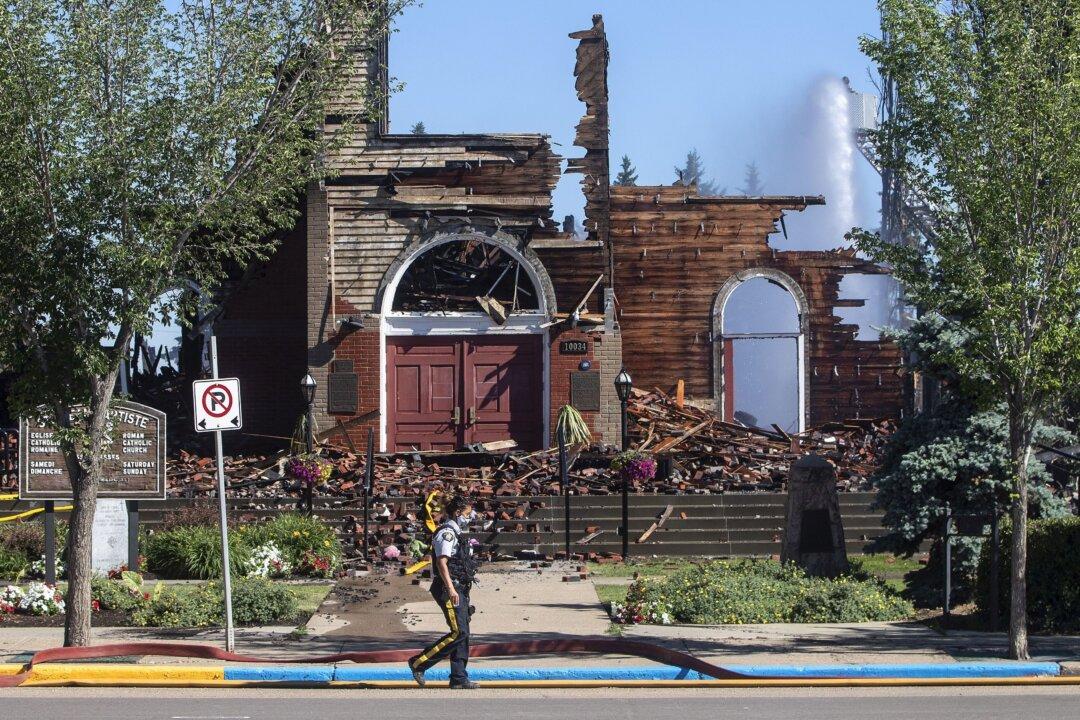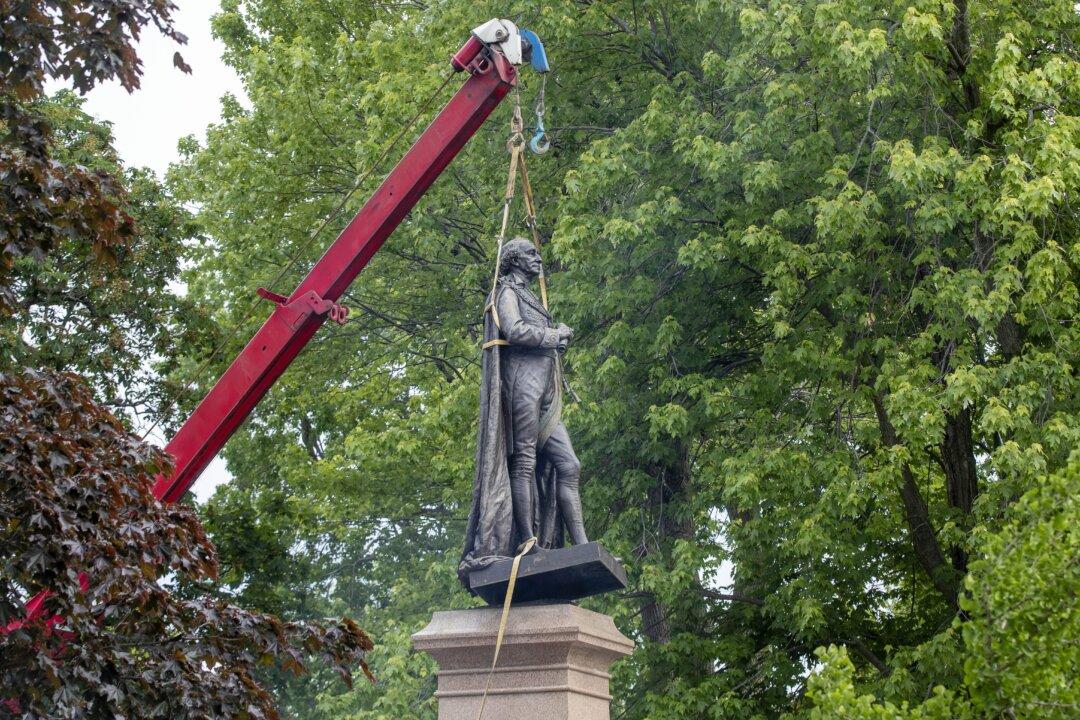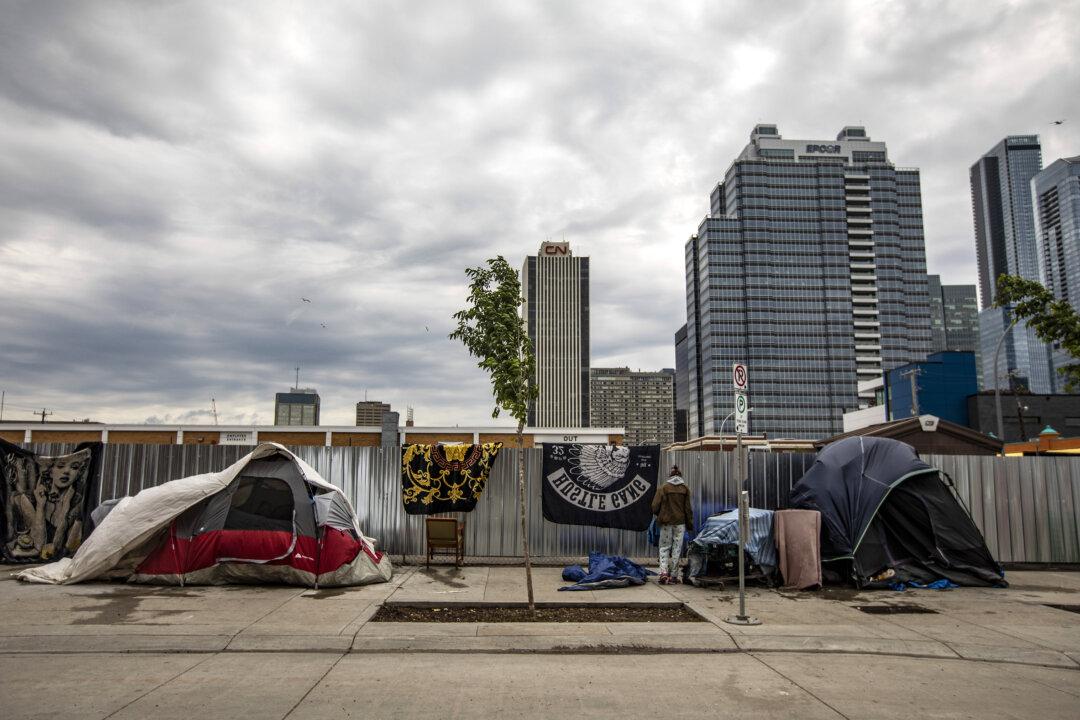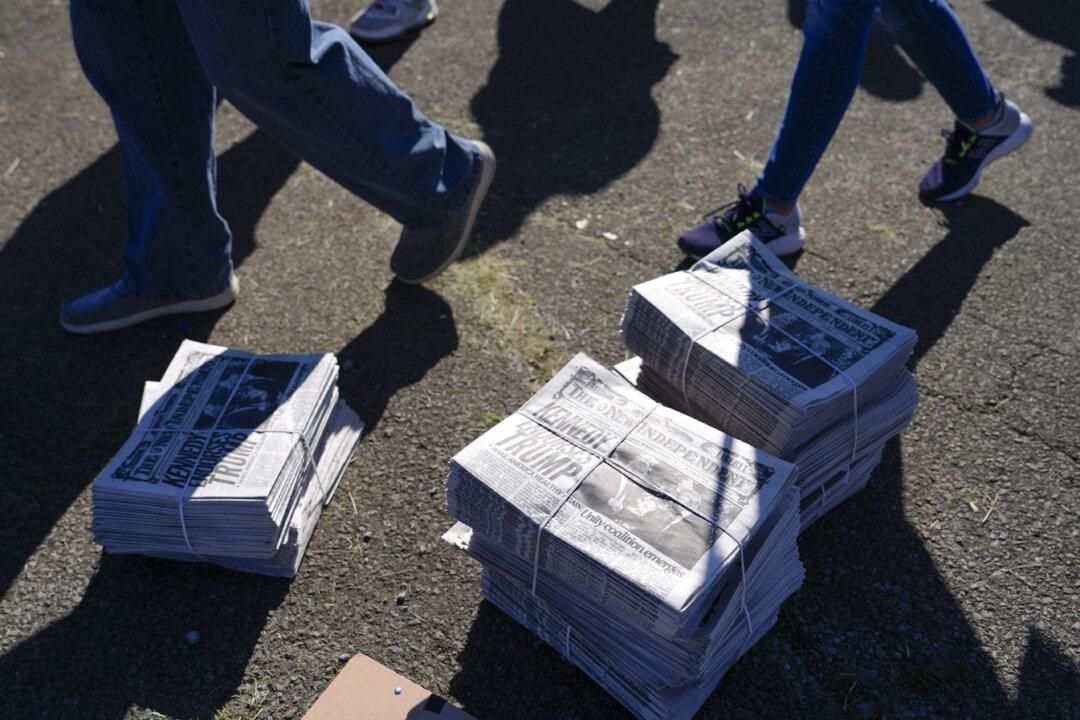Commentary
The giant Buddhas of Bamiyan were built in the fifth century. Those revered statues were blown up in 2001. Afghanistan’s Ministry of Virtue and Vice was instructed to destroy the Buddha statues “by any means available” and so they used dynamite. That destruction order spread out to hundreds of relics across the country. More than 2,700 artworks were destroyed at the National Museum.





